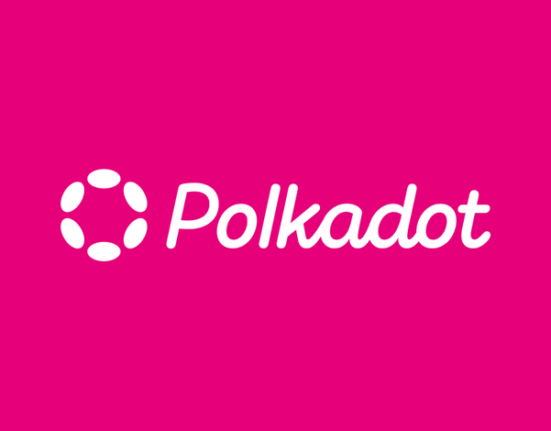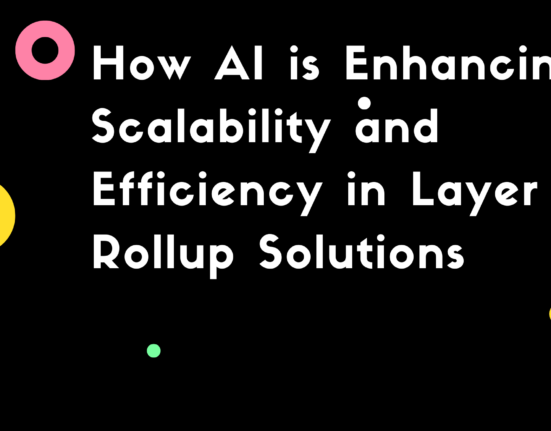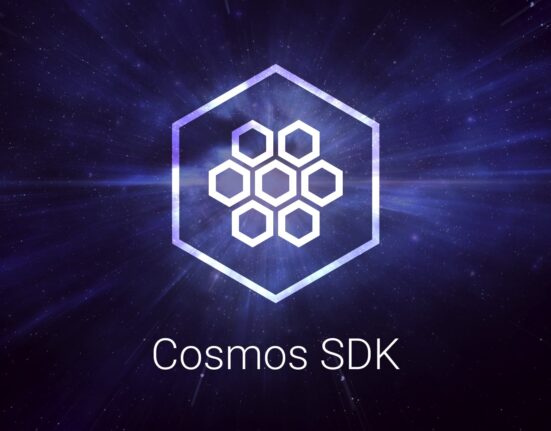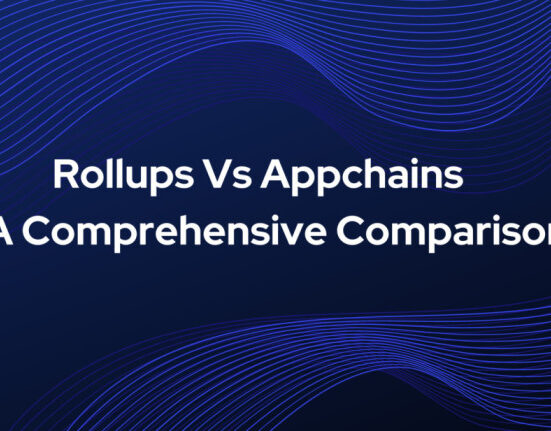The need for scalability has turned brutal these days as adoption picks up due to the dawn of advanced use-cases on blockchains. However, something that has remained unchanged all this while is the ethos on which blockchains sustain: transparency and reliability. But rollups and appchains have a different execution environment decoupled from L1s. With that being said, former block explorers were designed to cater to an L1 world but when you have an L2 and L3 world operating with their own consensus mechanism, the old block explorer doesn’t tick all the boxes.
Contents
Rollups and Appchains Need A New Way To A Block Explorer
When you are dealing with a rollups and appchain environment, in that case, one has to understand that looking at transparency and verifiability from the prism of a monolithic chain will result in inadequate data presentation in a rollup environment. For example, rollups abstracts all the layers like consensus , execution, data availability and settlement as separate. With that being said, the demand for pinpointing details to the basics arises like transactions, blocks, addresses, top accounts, tokens, and withdrawals, gas tracker, wallet addresses, latest blocks by validators, total and latest transactions and blob data because every rollups operate in their own sovereign environment.
So, when you are sticking to the old explorer model for monolithic blockchains, you are served only a handful of querying areas, while your demand might be way more than that.
How Custom Block Explorers for RollUps and Appchains Simplify This Problem?
Custom Data Tracking
Block explorers specifically designed for your rollup/appchain, customize data tracking. For example, if you are deploying on a stack like Optimism’s Op-Stack, which might be using a different DA layer. But you need to connect with Arbitrium or Starknet. Such rollups might use a different DA layer and there’s no standardization for the same. A custom block explorer for rollups and appchains are designed in such a way that they can easily handle this situation and provide the necessary information. So, you get comprehensive data representation that you can define and it will be made readily available for the users of your rollups and appchains.
Optimizes User Experience
User experience will be pivotal when you are operating on top of a rollup and appchain environment. However, the present state of the UX on rollups and appchains demand intricate detailing. A custom purpose built block explorer can easily guarantee that to the users. For example, the rollups and appchains can integrate specific features like providing cryptographically verified “receipts” and certificates. This is possible in traditional finance which adds an extra layer of trust. But when you are building an explorer for your rollups and appchains, you can very well do this with your rollups and appchains as well.
Tailored Analytics
Data is the most important ingredient to undertake important decisions. For example, if you are using a common explorer for your rollups and appchains, it will not define data into categories. However, a block explorer which is specifically designed for rollups and appchains can make timely adjustments for data availability. For example, some of the block explorers have featured with an add-on service like overview screens that would allow real-time insights like access to comprehensive stats that include daily transaction graphs, chain data, average block time, gas tracker, wallet addresses, latest blocks by validators, total and latest transactions and one can include more specific fields as per the need of the rollup/appchain environment.
Adhering to Compliance
Not all data is good data and when you are operating with a block explorer for monolithic chains, it can expose more than allowed. However, a block explorer designed exclusively for a rollups/appchains environment can abstract excessive data sharing through granularity. In this way, not only proactive verifiability can be made possible but that too without exposing excessive data. So the users can enjoy accountability and the organizations can also remain compliant while ensuring that accountability and transparency is happening consistently.
Final Thoughts
We very well understand that we have barely scratched the surface when it comes to blockchain adoption. As rollups and appchains help in achieving hyper-scalability, it would allow more use-cases to emerge and that would demand more user-focussed accountability. Hence, a comprehensive approach to data presentation and availability will be necessitated. Custom explorers for rollups and appchains are getting developed on such lines and Explorer-as-a-Service is also making them easily available for rollups at affordable rates. We expect more upgrades and innovations to occur as more challenges will be surfacing and the demand for accountability and verifiability will increase with time.

Subhadra, a seasoned research analyst, specializes in distilling complex developments in blockchain and AI into insightful narratives. Her expertise lies in providing a nuanced understanding of emerging technologies, making her a trusted source for in-depth and up-to-date analysis at the intersection of blockchain and AI.







